092518_YKBP_A11.pdf







Broadcaster Press 11
September 25, 2018 www.broadcasteronline.com
Fall
Home Improvement
& Car Care
2018
How to Prepare For An Out-of-Town Breakdown
How to Recognize
Potential Brake Problems
insurance company or motor club may
include tow trucks free of charge up to a
certain number of miles, allowing travelers to get their cars back home without
breaking the bank.
• Inspect tires, including your spare.
Many a road trip has been derailed or
thrown off schedule due to a flat tire or
tires. Before departing, check the condition of your existing tires, including the
spare, as well as the air pressure in each
one. Firestone notes that many vehicle
manufacturers recommend replacing
tires at six years, regardless of tread
wear. Tires that get heavy usage should
be replaced even more frequently. To
determine if tread wear is something
to worry about, Firestone recommends
the penny test, which involves placing
a penny head first into several tread
grooves across the tire. If the top of
Abraham Lincoln’s head is always
visible, then your tires are shallow and
worn and need to be replaced. But if
part of Lincoln’s head is always covered,
Drivers must address symptoms of a faulty braking
system early on to reduce their risk of accidents.
Road trips make for
excellent getaways. Whether
you’re embarking on a weekend excursion or a lengthy
vacation, driving yourself to
your destination is a great
way to travel, especially
for families looking to save
money.
Though no one wants to
think about the possibility of
a vehicle breakdown while
out of town, such things
do happen. How prepared
drivers are can go a long way
toward determining how affected they and their passengers will be if this happens.
• Get a checkup before skipping
town. It sounds simple, but many drivers may overlook the importance of
vehicle checkups before departing on
weekend getaways or longer trips. A full
checkup (including an oil change if the
recommended interval has passed or is
approaching) can uncover any problems that might derail a trip.
• Examine your options in regard to
emergency roadside assistance. Insurance providers typically offer emergency roadside assistance to policy holders
for a nominal fee, and memberships in
clubs such as AAA also are inexpensive.
That’s especially true when drivers compare the cost of extra coverage or AAA
membership to the potential price tag
of a tow truck and out-of-town repairs.
Drivers should note that out-of-town
repairs may require costly overnight
shipping of parts so travelers can get
back on the road as quickly as possible.
Roadside assistance offered through an
your tires can probably withstand the
trip. Worn tire treads can make it hard
for tires to safely navigate roads in inclement weather, so don’t discount the
importance of this simple step.
• Bring along some basic tools. Pack
some basic tools, such as screw drivers,
wrenches, pliers, a trolley jack, a battery
charger, and, of course, duct tape, which
may help you temporarily solve some
issues on your own. This is especially
important for drivers who intend to visit
remote locations where mobile phone
networks may be inaccessible and the
nearest tow truck might be far away.
Hone your tire-changing skills before
hitting the road and make sure tools are
still capable of performing the kind of
basic maintenance that might help your
vehicle safely return to civilization.
Vehicle breakdowns happen, even
while on vacation. Some advance
preparation can help drivers avert outof-town disasters.
? MetroCreativeConnection
Maintaining a vehicle is more than just a way to
protect one’s financial investment. Vehicle maintenence
can protect against accidents and make the road safer
for drivers and their passengers as well as their fellow
motorists.
Fully functioning brakes are an important component
of automotive safety. In its 2015 Crash Stats report, the
National Highway Traffic Safety Administration said
that brake-related problems accounted for 22 percent of
crashes where vehicular failure was cited as the cause
of the collision. Bad brakes are particularly notorious
for rear-end collisions. Faulty, worn brake lines, antilock
brake system malfunctions and worn brake pads and
discs are some potential brake problems.
It is important that motorists learn to recognize the
first symptoms of brake trouble so they can address issues before they put drivers, their passengers and other
motorists at risk of accident or injury.
• Unusual noises: Screeching, grinding, rubbing, and
high-pitched sounds are common indicators that brake
pads, rotors and other parts of the braking system need
attention. Worn pads can cause damage to other vehicle
parts, resulting in more expensive repairs if they’re not
addressed promptly.
• Pulling: If the car pulls to one side when applying the
brakes, this may indicate brake pad linings are wearing
home and simulates the effect of a 20 mph wind to find air
down unevenly. A brake adjustment may be necessary.
leaks; and watt meter measurements to test energy usage by
Pulling also may be indicative of an object or debris
various devices throughout the house.
caught in the brake fluid.
Before an auditor comes to the house, homeowners can
• Less responsive: If when pressing on the brake pedal
make a list of any problems or concerns they want to discuss
the brakes just do not seem to be as effective as they
with the auditor. The auditor also may interview the homeowner to learn about how the home normally runs and can
once were, or it is necessary to press the pedal harder
analyze energy bills to determine typical energy consumption. for the brakes to engage, there may be a brake fluid leak
Windows, doors, HVAC systems, insulation, fireplaces, and
or an air leak. Check under the vehicle to see if any fluids
lighting fixtures all may be assessed during a professional
are pooling.
audit.
• Pungent odors: Firestone Tire Company says a burnEven though a professional audit is usually the best way
ing smell may be indicative of worn out brake pads and
to determine where a home is losing energy, homeowners can friction on the tires. Each of these issues require immediconduct their own audits to detect and fix problems. Locatate attention.
ing and sealing air leaks, addressing inadequate ventilation,
•Vibrations: Certain vibrations may indicate brake
checking that insulation levels and vapor barriers are at
issues. Rotors can become warped from metal-on-metal
recommended levels, and inspecting HVAC systems should be
rubbing, potentially leading to a failure of the vehicle to
part of any DIY audit. If a heating/cooling unit is more than 15
brake properly. Vibrations also may indicate tires are
years old, the DOE suggests having it replaced with a newer,
misaligned. These problems can be properly assessed by
energy-efficient unit.
a trained mechanic.
An energy audit can identify areas around a home where
Do not let potential brake problems go unchecked.
improvements can be made to reduce energy consumption
Keeping brakes in good working order helps drivers stop
and waste. Upgrading to new appliances, replacing light bulbs,
sealing drafts, improving insulation, and addressing moisture more readily and avoid collisions.
and water leaks can be good for the environment and help
? MetroCreativeConnection
homeowners save money.
Considering an Energy Audit? Get Informed
Overconsumption of energy is a problem that plagues
many homeowners. Wasting energy can hurt homeowners’
bottom lines and the planet. But many homeowners aren’t
aware just how much energy their homes are consuming
and even wasting. That’s why a home energy audit can be so
important.
A home energy audit or assessment investigates just how
much energy a home consumes so homeowners can make
their homes more energy efficient. Audits identify where
energy is being wasted and can offer suggestions to fix the
problem.
The U.S. Department of Energy advises that the average
U.S. household consumes around 90 million btus in a year. Of
the energy used in homes, nearly 50 percent goes to heating
and cooling. Water heating, appliances, electronics, and lighting account for the remaining consumption. Consumers can
save between 5 and 30 percent on home energy bills by getting a home energy audit and making the adjustments advised
by auditors.
There are two types of energy audits: professional and
do-it-yourself. Professional auditors will go room-to-room to
assess a home’s energy use. Typical testing includes thermographic scans and infrared cameras to determine air leakage
and insulation; a blower door test, which depressurizes the
? MetroCreativeConnection
• AUTOMOTIVE COLLISION REPAIR
• PAINT • FRAMEWORK
• GLASS REPLACEMENT
HOURS:
M-F
9AM-6PM
SAT
9AM-12PM
1205 CARR STREET • VERMILLION • 605.670.0471
BlainesBodyShop@gmail.com
Get ready for your fall maintenance with
oil, filter, battery and cleaning supplies.
1114 Princeton • Vermillion, SD 57069
605-202-7231
CALL
BIG CITY SELECTION,
SMALL TOWN SERVICE
TODAY!
ALL TYPES OF DIRT WORK - FREE ESTIMATES
Bobcats • Crane • Dozers • Excavators • Grader
Grain Trailer • Scrapers • Side Dumps • Trenchers
Irrigation Sales & Service
5 W Main St., Vermillion • (605)624-7491
Vermillion, SD (605)670-9567
Hartington, NE (402)254-2568
Licensed in SD, NE & IA
Irrigation PVC, Wire Installed, Well Drilling Domestic & Irrigation Pump Installation
WATERLINE & ELECTRIC TRENCHING
Tree & Concrete Removal, Site Clearing,
& Ditch Trenching
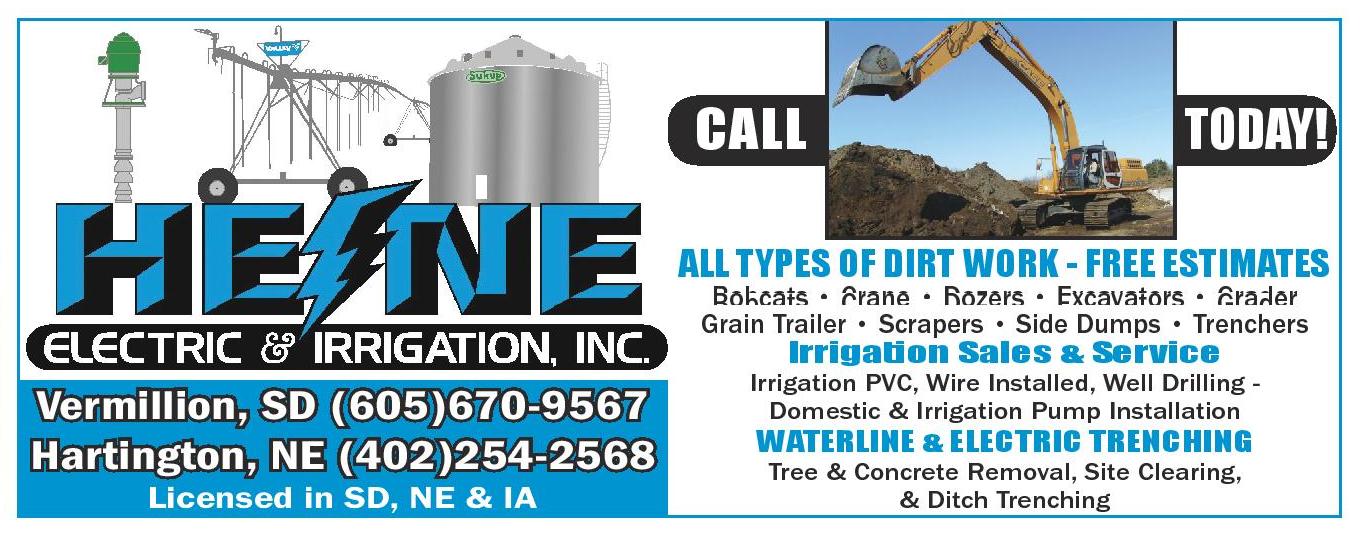
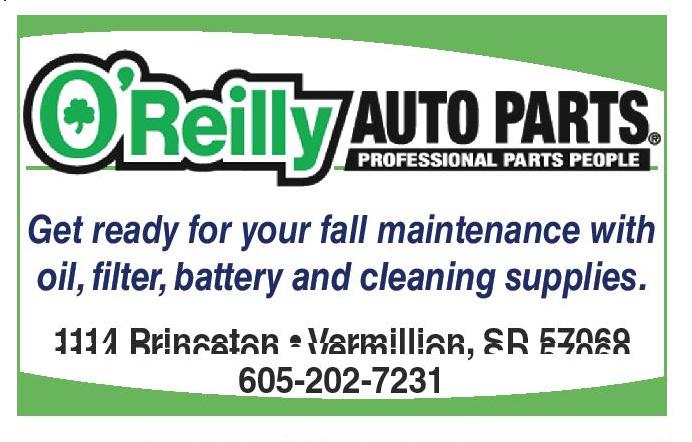
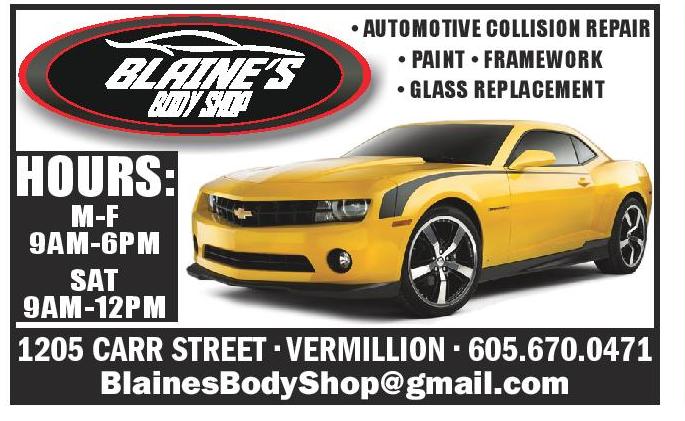



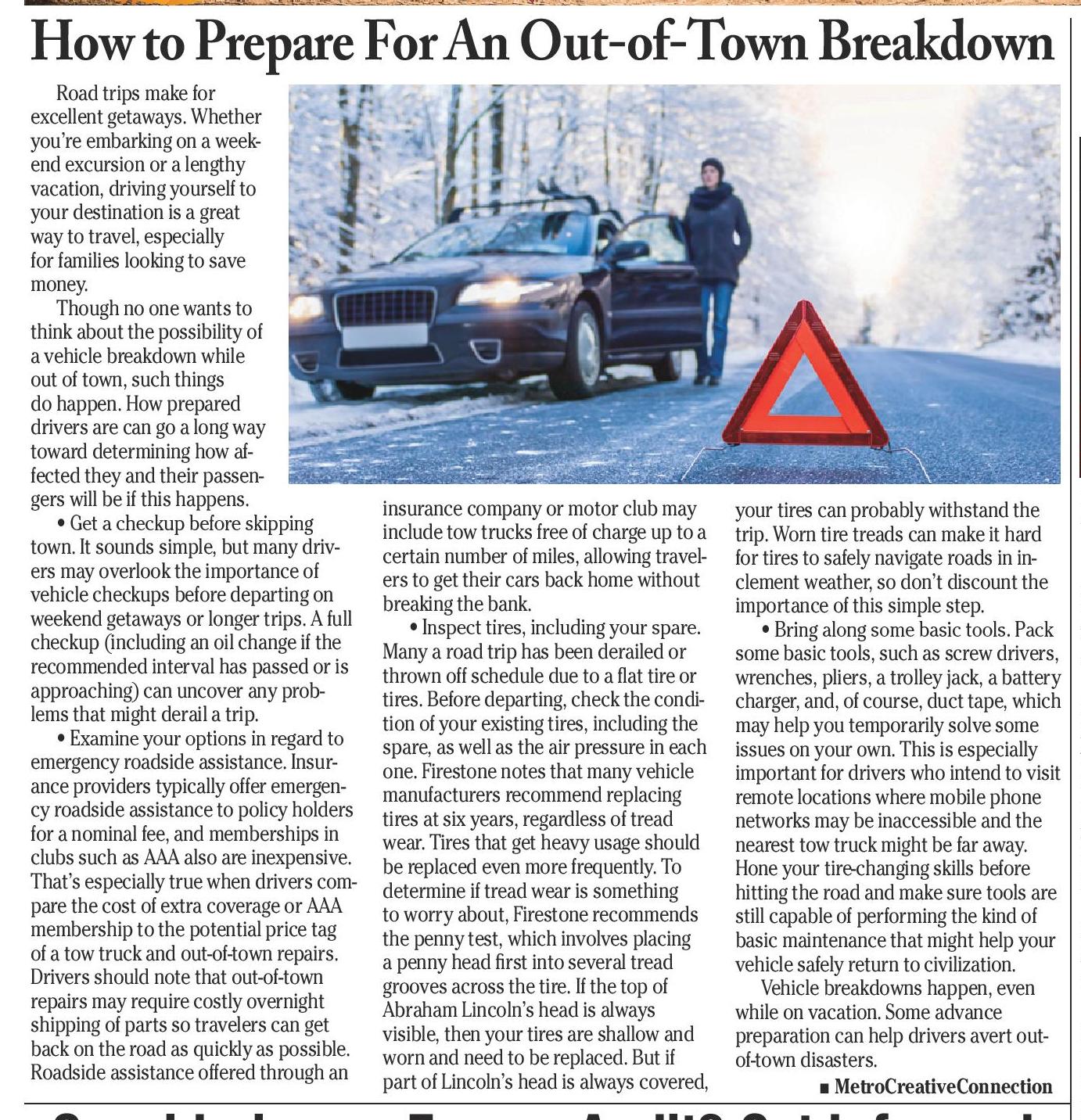


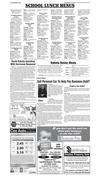
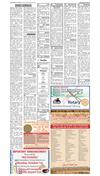
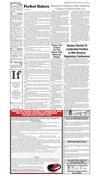
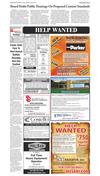
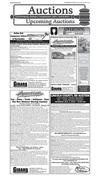
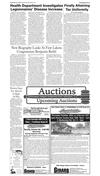
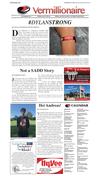

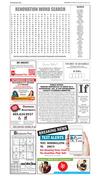
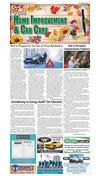
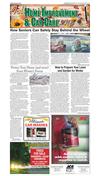
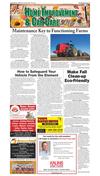
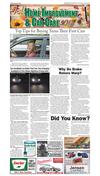
 Previous Page
Previous Page






